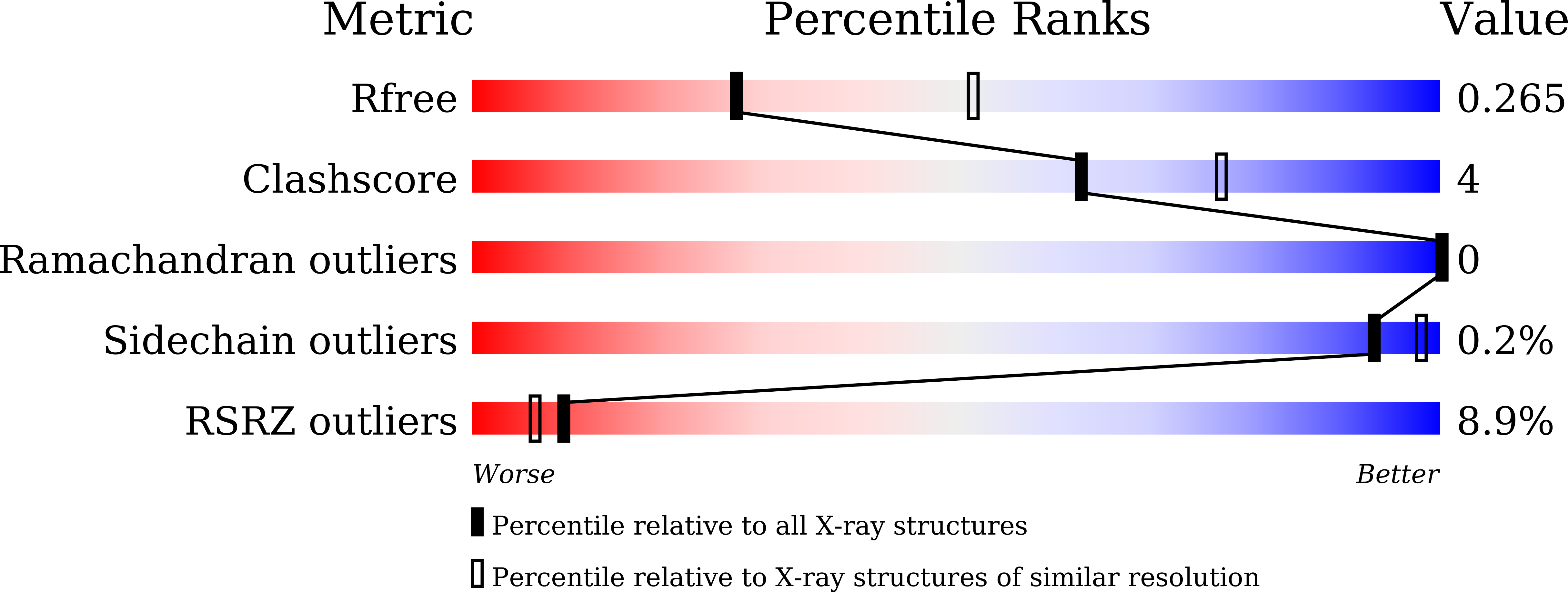
Deposition Date
2021-01-17
Release Date
2021-07-07
Last Version Date
2023-11-29
Entry Detail
PDB ID:
7DWO
Keywords:
Title:
Crystal structure of Vibrio fischeri DarR in complex with DNA reveals the transcriptional activation mechanism of LTTR family members
Biological Source:
Source Organism:
Aliivibrio fischeri ES114 (Taxon ID: 312309)
Host Organism:
Method Details:
Experimental Method:
Resolution:
2.61 Å
R-Value Free:
0.26
R-Value Work:
0.23
R-Value Observed:
0.23
Space Group:
P 21 21 2


